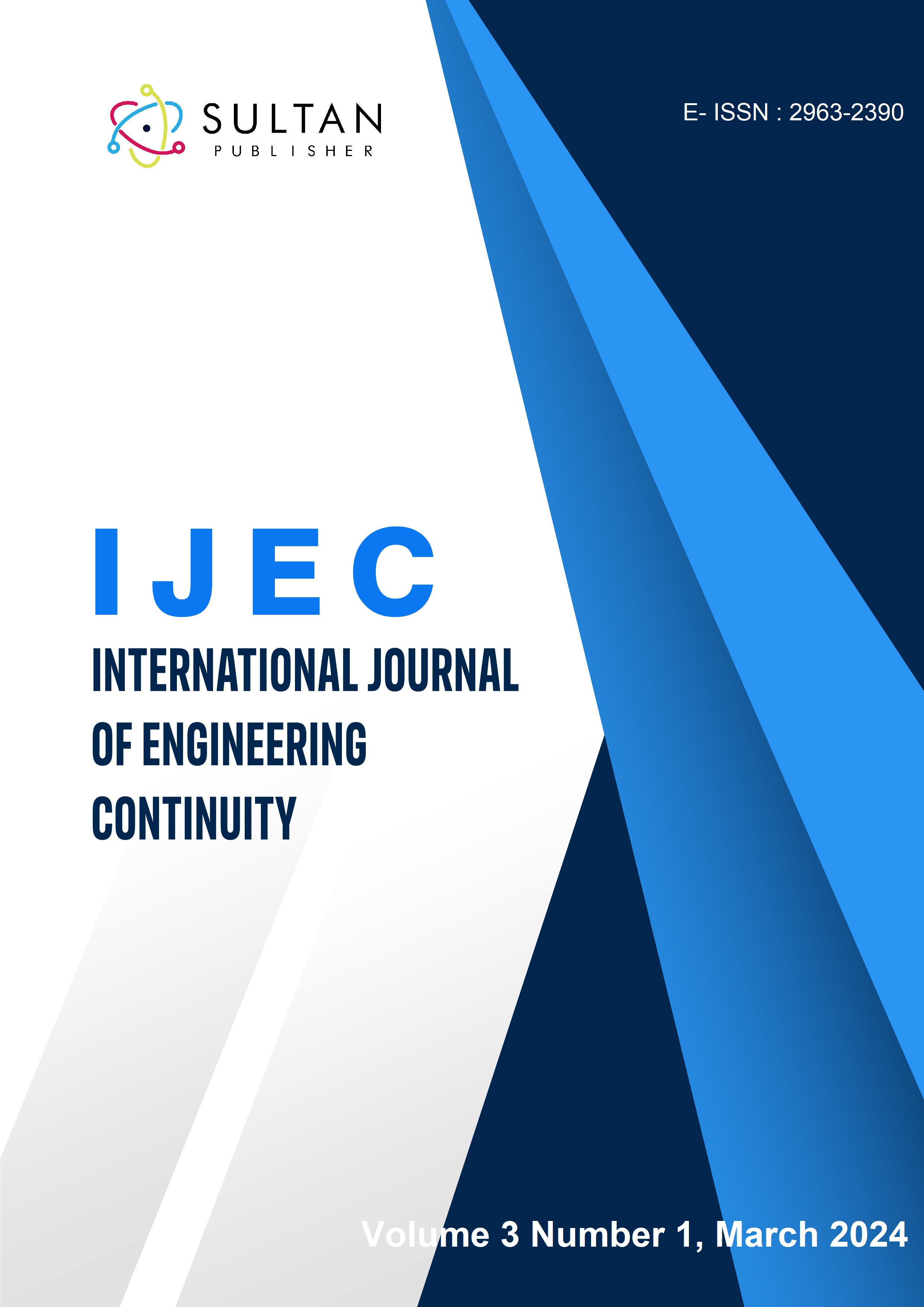Optimizing User Satisfaction: A Comprehensive Evaluation of the Info BMKG App Using UEQ+ and IPA Methods
Keywords:
Users Experience Questionnaire Plus, Importance Performance Analysis, Info BMKG ApplicationAbstract
An update to the appearance of the BMKG Info app in November 2022 led to a 0.26 drop in the monthly rating, suggesting that the change may not have met users' expectations. This study aims to identify the cause of the rating drop through a user experience (UX) assessment involving 1,237 app users. Using the User Experience Questionnaire Plus (UEQ+) and Importance Performance Analysis (IPA), this study collected and analyzed user feedback related to five aspects of UX: efficiency, novelty, usability, trust in content, and clarity. IPA results show that efficiency is a highly important but underperforming aspect, indicating that interface updates reduce efficiency and negatively impact user satisfaction. Recommendations include prioritizing efficiency improvements, usability evaluations, collecting additional feedback, and using IPA data to drive improvement priorities. The findings of this study contribute to the field of science by demonstrating the importance of a comprehensive UX analysis for updated apps. For future research, it is recommended to conduct longitudinal studies to monitor changes in user satisfaction over time and explore innovative methods to improve the overall user experience.
Downloads

Published
How to Cite
Issue
Section
Copyright (c) 2024 Bima Tri Ariyanto, Yova Ruldeviyani, GS Budhi Dharmawan, Maharani IF Bahar

This work is licensed under a Creative Commons Attribution-ShareAlike 4.0 International License.




